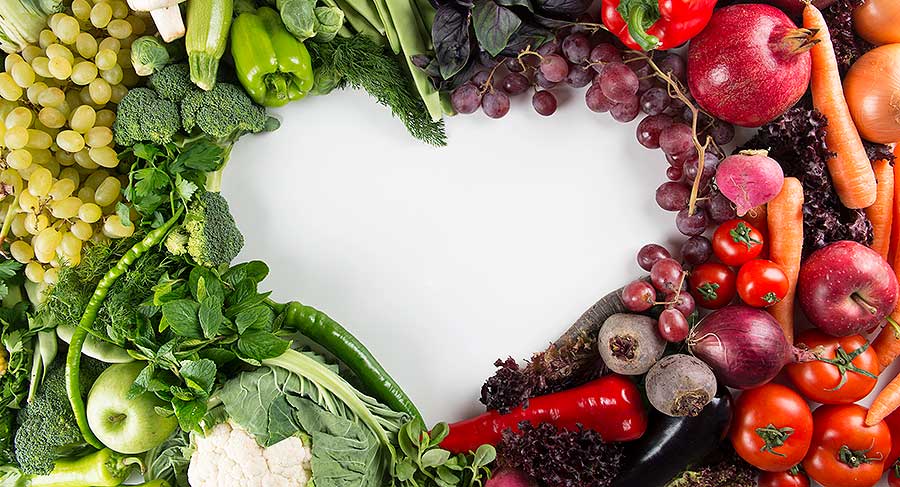The best diet for reducing high blood pressure focuses on fresh, nutrient-rich foods that support heart health and keep blood vessels flexible. Eating more fruits and vegetables, whole grains, and lean proteins while limiting sodium and processed foods helps lower hypertension naturally. The right food choices can reduce strain on the heart, improve circulation, and maintain healthy cholesterol levels. Choosing low-sodium options, staying hydrated, and avoiding excess saturated fats are key. This guide explores practical strategies, including potassium-rich foods, balanced portions, and mindful eating habits, to help you achieve healthy blood pressure without feeling deprived.
Understanding High Blood Pressure and Diet Connection
Food directly influences blood pressure levels. Excess salt intake makes the body hold water, increasing pressure on arteries. Diets rich in fresh produce, whole grains, and unsaturated fats support healthier vessel function. Reducing processed meats, refined carbs, and sugary drinks helps prevent inflammation and weight gain, both of which raise hypertension risk. Nutrients like potassium, magnesium, and calcium help relax blood vessels and regulate fluid balance. Knowing which foods to include and which to limit forms the foundation of the best diet for lowering blood pressure.
Emphasizing Fruits and Vegetables
Fresh fruits and vegetables provide vitamins, minerals, and antioxidants that protect blood vessels from damage. Potassium-rich foods like bananas, spinach, and sweet potatoes counteract sodium’s effects by helping the body excrete excess salt. Colorful vegetables such as peppers, carrots, and beets support better circulation. Aim for at least five servings daily, mixing raw and cooked varieties. Including these in every meal boosts nutrient intake while keeping calorie counts moderate, a core part of a heart-healthy diet for hypertension.

Choosing Whole Grains Over Refined Carbs
Whole grains like oats, quinoa, and brown rice release energy slowly, preventing blood sugar spikes that may contribute to vascular damage. They also provide fiber, which supports weight management and heart health. Avoid white bread, pastries, and other refined carbs, which can increase triglyceride levels. Switching to whole grain pasta or bread is a small step with big results. These fiber-rich foods are central to the best eating plan for high blood pressure and work well alongside vegetables and lean proteins.
Incorporating Lean Proteins
Lean proteins such as fish, skinless poultry, tofu, and legumes help repair tissues and maintain muscle mass without adding excess saturated fat. Fatty fish like salmon and mackerel provide omega-3s, which support healthy circulation. Plant-based proteins like lentils and beans also supply fiber and beneficial minerals. Avoid processed meats high in sodium and preservatives. Including protein in each meal helps balance blood sugar, supports satiety, and strengthens the cardiovascular system—important elements of the best diet to reduce blood pressure.

Reducing Sodium Intake
High sodium intake is a major driver of hypertension. Limit salt to under 1,500 mg daily by avoiding canned soups, packaged snacks, and fast food. Use herbs, spices, lemon juice, or vinegar to season meals without adding sodium. Check labels for “low-sodium” or “no-salt-added” options. Cooking at home lets you control salt content while keeping meals flavorful. Reducing sodium not only lowers blood pressure but also improves kidney function, making it a cornerstone of the best low-salt diet for hypertension.
Healthy Fats for Heart Protection
Replace saturated fats from fried foods, butter, and fatty cuts of meat with healthy fats from nuts, seeds, avocados, and olive oil. These fats help lower bad cholesterol and improve artery flexibility. Omega-3-rich foods reduce inflammation, which benefits overall heart function. Avoid trans fats found in processed baked goods. Including small amounts of healthy fats in meals enhances nutrient absorption and flavor, making them a valuable part of the best diet for lowering high blood pressure naturally.
Hydration and Lifestyle Support
Adequate hydration helps maintain blood volume and supports kidney health. Choose water, herbal teas, or infused water with lemon, cucumber, or berries instead of sugary drinks. Limit alcohol to moderate amounts, as excessive drinking can raise blood pressure. Combine healthy eating with daily activity like brisk walking, cycling, or swimming to boost circulation and heart strength. Managing stress through meditation or deep breathing also supports lower blood pressure. These lifestyle adjustments enhance the effects of the best dietary approach to reduce hypertension and promote long-term cardiovascular wellness.
